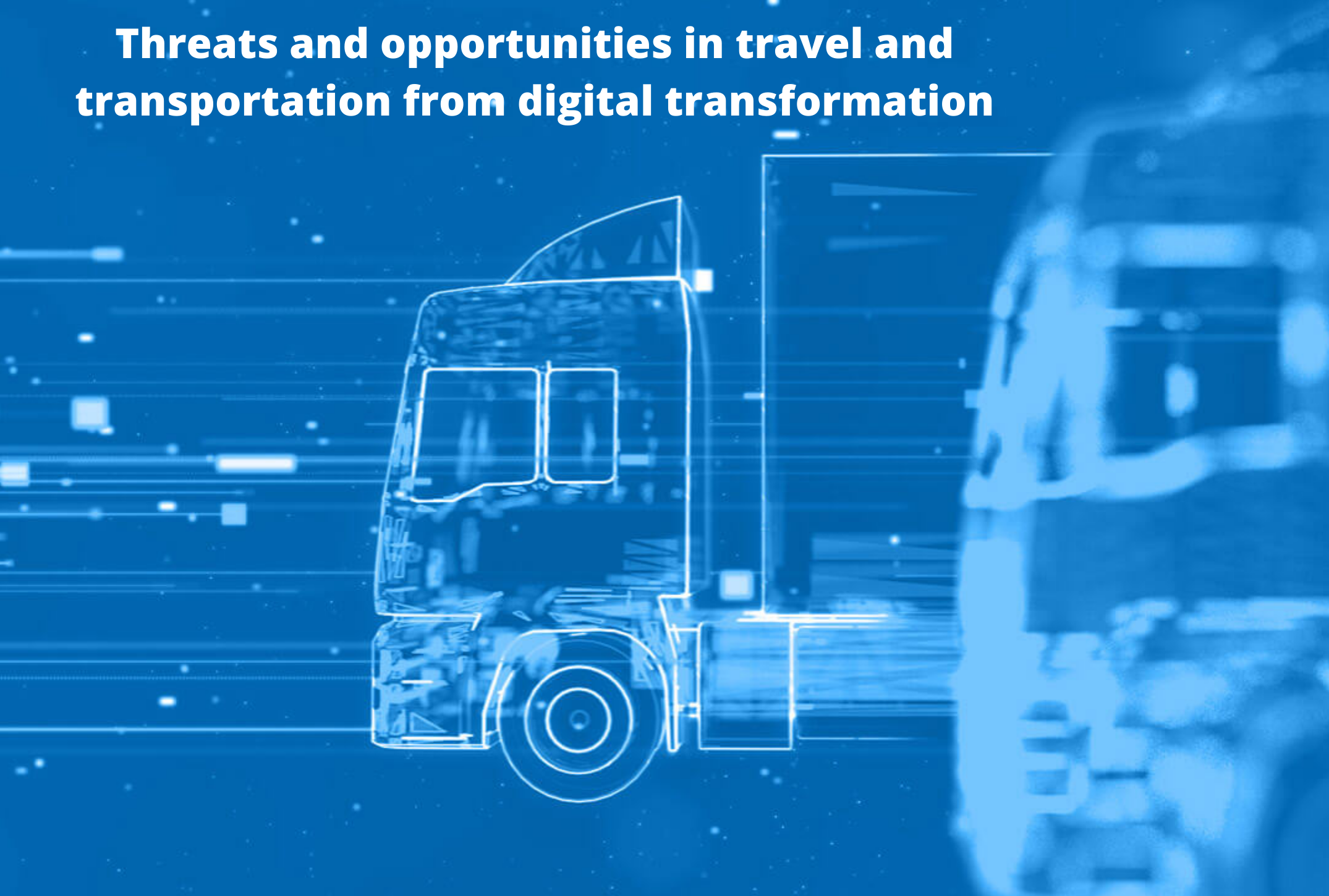Spend analytics information has traditionally been closely guarded by procurement. But this approach is arguably a lost opportunity for both procurement and the wider business.
Spending decisions are regularly made by other functions, so for a business to derive the best value and outcome from those decisions, spend analytics information must be used — not just viewed — by all stakeholders.
Before that data can be used effectively, there has to be cohesion and agreement about several key issues. The first issue: There must be a single version of the truth, with everyone working from the same data and analytics. Without a unified approach, different functions will make different decisions based on their own information, and the objective of improving value in spend decisions will be lost.
The second key point: There must be agreement on what is “good enough” for the purposes of the organization. That will vary from company to company. While some might want close to 100 percent accuracy of their spend analytics data, it’s important to understand that achieving close to perfect data will be costly, and it’s unlikely the company will get adequate return on investment. A “good enough” estimate of 80 percent data accuracy will give you enough insight to enable your people to make good spending decisions. It should also be noted that to achieve a single version of the truth and the required level of data accuracy, an organization should work with a specialist that has the data skills to create reliable spend analytics information.

Simple access
Other key considerations: ensuring that the data is easy for everyone to access and easy to interpret so the right spend decisions can be made. The level of access and the depth of information must also be adjusted for the individual. For example, the chief executive will have a different requirement compared to a category manager or a buyer in a department. Equally, the information must be targeted to the skill level of the individual. Those with high-level analytical skills should have access to more in-depth spend analytics data, while others might simply want an-easy-to-understand dashboard or application.
The tools users can access are also important. For example, a voice recognition tool that allows users to ask the application a simple question such as, “How much do I spend with suppliers in manufacturing?” might be most useful for some individuals. If the tool is designed properly, it can provide the user with a chart or report with the required information.
If everyone involved in spend decisions has the ability to freely and easily access spend analytics data, companies can start to drive cost savings and achieve greater efficiencies.
Lowering costs and increasing value can be crucial for life sciences organizations where indirect spend is widely distributed across different functions. Without access to information that’s accurate and trustworthy, they can’t make the right buying decisions and won’t adhere to corporate procurement standards or processes.
In fact, most procurement managers are all too accustomed to different departments spending with suppliers that are not part of a purchase order agreement. The procurement managers can save themselves — and their organizations — a lot of pain by making information easily accessible, reliable and user friendly.





